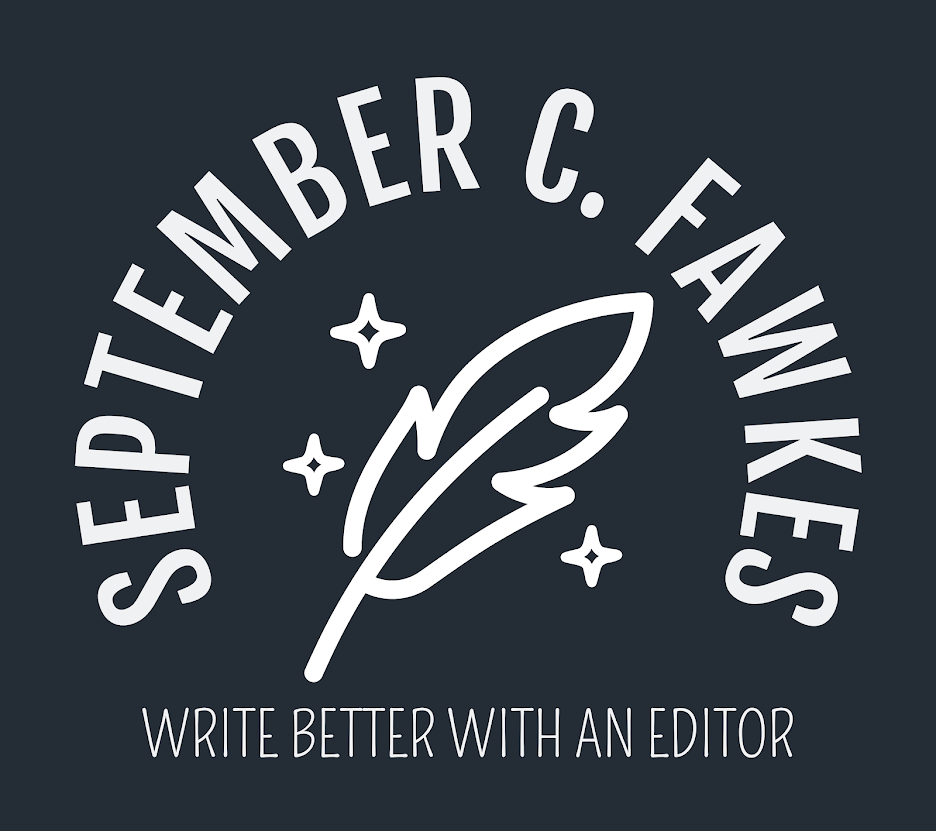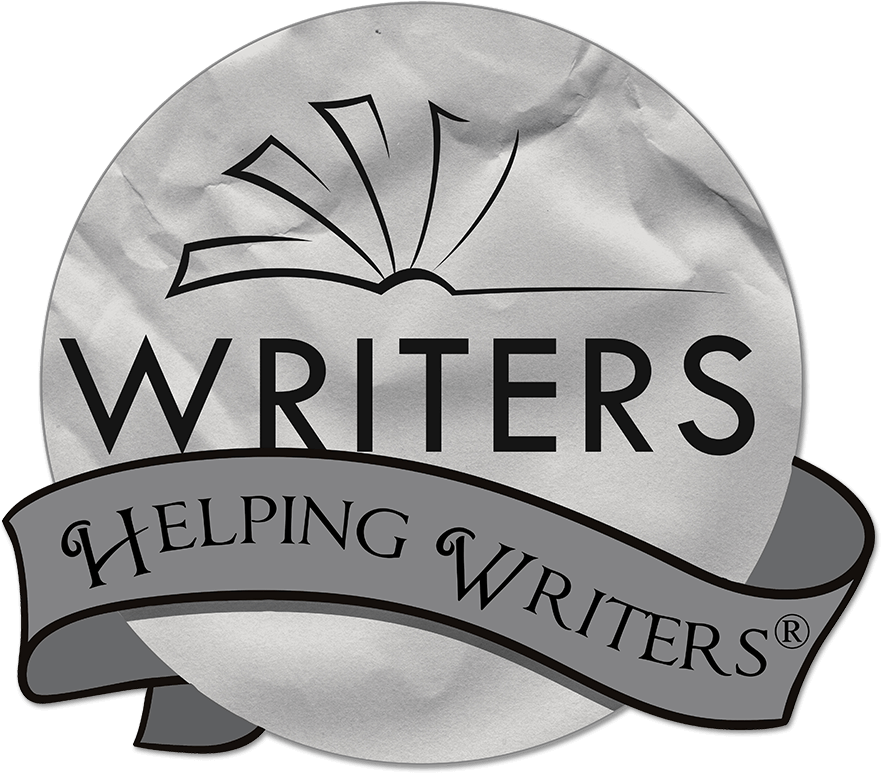In order to write a strong story, it's helpful to know and utilize the principles of plot. So far, we have covered the primary, secondary, and tertiary principles. While not every likable story has a powerful riveting plot (some may emphasize character or theme more), with these elements you can create a solid one and strengthen it.
As a brief review, here are the components we've covered thus far.
Primary Principles:
1. Goal
The protagonist has a goal; this can come from an abstract want, but the goal must be concrete and measurable. If there is no goal, there is no clear context for the plot--the audience can't measure what is a success or what is a failure.
2. Antagonist
While there may be a primary antagonist in the story, an antagonistic force is anything that is opposing the goal. It's in the way of the protagonist's success. Most stories will have multiple and even temporary antagonistic forces.
3. Conflict
The protagonist and antagonist can't both succeed in any foreseeable way. They are in opposition to each other, and this will create conflict, as they each pursue their desires.
4. Consequences
Consequences give plot a sense of cause and effect. What happens with conflict doesn't matter unless it changes or influences what happens next. We can project cause and effect forward to create stakes. The consequences that actually take place, we call ramifications.
Secondary Principles:
5. Progress
Within the protagonist's goal, will be smaller goals. And as these smaller goals are met, this creates a sense of progress. The audience sees the protagonist getting closer to the big goal.
6. Setbacks
The opposite of progress is a setback. This happens when an antagonistic force blocks a protagonist or pushes a protagonist further away from getting the goal.
7. Costs
As the protagonist pursues the goal and engages antagonistic forces, they will have to pay costs. The pursuit may cost them physical or mental health, it may cost them time, it may cost money, or any other kind of resource. This puts more accountability and responsibility on the protagonist.
8. Turning Points
The plot follows a cause-and-effect trajectory, because of the consequences. A turning point turns the trajectory of the plot onto a new path. This turn can happen through revelation (information) or an action (event).
Tertiary Principles:
9. Plans
After having a goal, the protagonist should have a plan of how to obtain that goal. Plans are the bridge between goal and progress and help reinforce each. As the protagonist makes a plan, it reinforces their desire for the goal; it also strengthens the audience's ability to measure progress.
10. Gaps
The gap is the space between what the character expects to happen and what actually does happen. Any action a character takes, carries an expectation. However, reality may deliver something better, worse, or different than expected. This can be used to create escalation and turning points.
11. Crises
A crisis happens when a character is "backed into a corner" and forced to make a choice between two or more paths (cause-and-effect trajectories). Each option has meaningful stakes and promises significant costs. The character's choice creates a turning point, and often can't be easily undone.
The quaternary principles of plot include setups, payoffs, and connections.
Why Are the Quaternary Principles "Setups, Payoffs, Connections"?
A plot is stronger when it has a sense of cohesion. Random events and character reactions rarely make a strong plot. For a story to be satisfying, the audience wants it to feel logical. They want it to feel whole, where each piece matters (generally speaking). While a sense of cause and effect helps create cohesion, we can strengthen cohesion by utilizing setups, payoffs, and connections.
Now admittedly, some stories are about the lack of logic and cohesion, and it's okay for those stories to exist, but their plots can often feel . . . plotless, and leave audiences wanting.
To further strengthen plot, look at adding these three elements.
They will help reinforce the consequences--the cause and effect.
But really, they are broader than that, and broader than most of the principles I've covered.
So while one may argue that a goal or plan can fit in "setup" and consequences can be a type of "payoff," it's probably best to view these more as simply tools to strengthen cohesion.
Setups and Payoffs
Because these two are so closely linked, I want to first talk about them together.
If you've been in the writing world for a while, you've probably heard of Chekhov's gun.
Anton Chekhov was a Russian playwright and short story writer, and in several of his letters, he wrote about the importance of paying off what is set up, using a gun as an example.
"Remove everything that has no relevance to the story. If you say in the first chapter that there is a rifle hanging on the wall, in the second or third chapter it absolutely must go off. If it's not going to be fired, it shouldn't be hanging there."
- Anton Chekhov
In another mention of the gun, he also added, "It's wrong to make promises you don't intend to keep." . . .
. . . However, this can start to get tricky, because there are different types of setups . . .
(Register for The Triarchy Method for full information)
Setups Prepare the Reader
I debated on the term to use for this element, but ultimately decided "setup" was the broadest and most inclusive. The setup is the first part of this connection--the information, the clue, the hint, the plant, the display, the suggestion.
But there are different types.
One type of setup is a promise. . . .
Another type of setup is foreshadowing. . . .
Another type is, arguably, stakes themselves. . . .
(Register for The Triarchy Method for full information)
Deliver the Payoffs
After you've put in the setups, you need to eventually follow up with payoffs.
The payoff is the delivery.
If you showed us the gun being loaded, you now need to show us that it goes off.
If you said in your stakes that "If X happens, then Y will happen," you need to show Y happening.
If you foreshadowed that magic is possible, now is your chance to use magic. . . .
. . . When we talked about the tertiary principles, we talked about gaps--that space between what is expected to happen, and what actually does happen.
In a sense, you can create a gap between certain kinds of setups and payoffs.
For example, if we show a character loading a gun and saying, "I'm gonna shoot that imbecile," we've . . .
(Register for The Triarchy Method for full information)
Make Connections
Best-selling author Brandon Sanderson is known for his magic systems. And not only is he great at writing magic systems, but he's also great at teaching them, and has put together three "laws" for writing magic systems.
. . . What does this have to do with plot?
I've found (and so has Sanderson) that these laws can be applied to more than just magic systems when it comes to storytelling. And I think one of them works as a nice principle to keep in mind when plotting.
Sanderson's Third Law for magic systems is, expand what you already have, before adding something new.
Now, to some degree, in some sense, with plotting, we are adding things that are new. But what Sanderson really means is, we should first consider working with what we already have in play, before throwing in another unrelated concept, and trying to get it to work. (I will note that I am not perfectly applying the Third Law to plot, but you can read Sanderson's actual explanation of the law here.)
Sometimes writers who struggle to progress plot, start trying to make it more interesting by actually adding more and more and more plotlines or concepts. Instead of adding something new . . .
(Register for The Triarchy Method for full information)
Continue to the quinary principles of plot -->
Articles in This Series
What Plot is NOT (How NOT to Fix Your Story's Plot!)
The Primary Principles of Plot: Goal, Antagonist, Conflict, Consequences
The Secondary Principles of Plot: Progress, Setbacks, Costs, Turning Points
The Tertiary Principles of Plot: Plans, Gaps, Crises (Sample)
The Quaternary Principles of Plot: Setup, Payoffs, Connections (Sample)
The Quinary Principles of Plot: Reveals & Twists (Sample)
























I just wanted to say thank you for this excellent series!
ReplyDeleteYou're welcome :)
DeleteI second what Jennifer said: This series is quite thorough and I appreciate the time you've taken to share your expertise with others. Thank you.
ReplyDeleteThank you, Dana. And thanks for commenting. It has been quite the journey to put together.
Delete